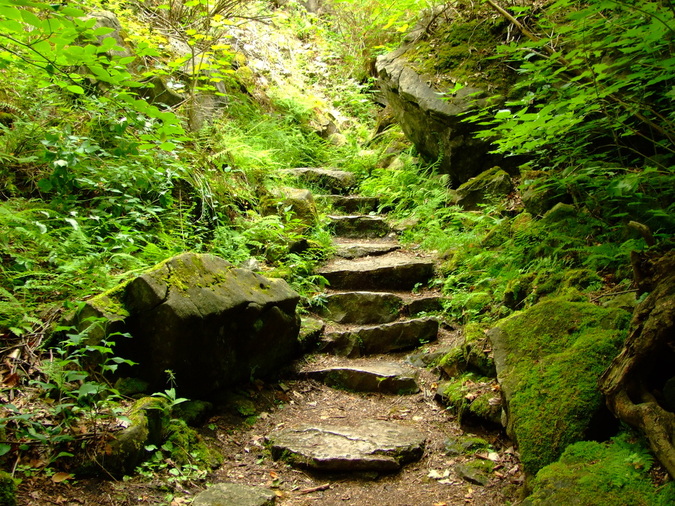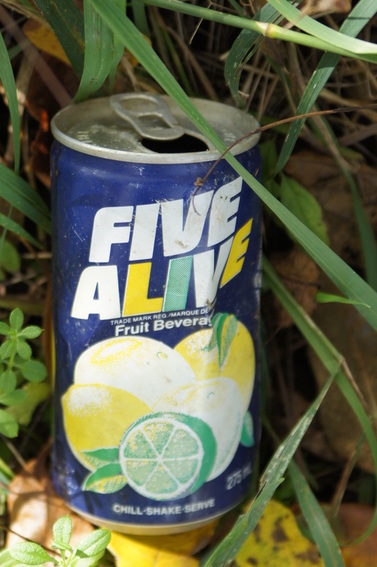Is there really anything other than nature?
In this image we see what can only be described as a very natural staircase; an interesting path of large limestone stairs that are so questionably "natural" it begs the question: "What is natural". In our modern world we spent so much time discussion the human impact on nature and it always makes me wonder where that line is drawn. At what point does man's endeavors become unnatural? Is it simply our manipulation of nature that renders it's very structure different in some way? If man is an animal, and all that is around us is the Earth which is made from what we deem "nature" than how is it even possible that anything we make is unnatural? The assumption that what we make is "unnatural" is presupposing we understand what would have happened through natural process in our absence. If a chimp were to come around and move a stone, is it then "unnatural"? Suppose then that we spend a summer's afternoon watching a robin build a nest. Surely we wouldn't look before the woven strands of straw and hay and think to ourselves, "What an abominable structure! How could such a creature make such an unnatural structure in this tree!"
So then when we adapt our surroundings to satisfy our needs, at what point does it become unnatural? I realize that this question is asked much in the same manor that Sorites asked how many grains of sand make up a heap. The simple fact is that there really isn't a line in the sand that defines what is and what isn't natural. We need to accept the world and our modifications of it as part of a greater image. We are nature, and what we do does not exist outside the realm of nature. The world is a wonderfully grey area, we need to preserve and to create to preserve what is here already for us. We need to be productive and adaptive and continue to grow and to prosper while conserving the idealistic Victorian beauty in the nature we hold so dear.
So then when we adapt our surroundings to satisfy our needs, at what point does it become unnatural? I realize that this question is asked much in the same manor that Sorites asked how many grains of sand make up a heap. The simple fact is that there really isn't a line in the sand that defines what is and what isn't natural. We need to accept the world and our modifications of it as part of a greater image. We are nature, and what we do does not exist outside the realm of nature. The world is a wonderfully grey area, we need to preserve and to create to preserve what is here already for us. We need to be productive and adaptive and continue to grow and to prosper while conserving the idealistic Victorian beauty in the nature we hold so dear.




 RSS Feed
RSS Feed